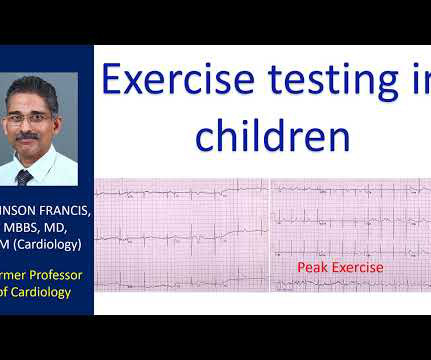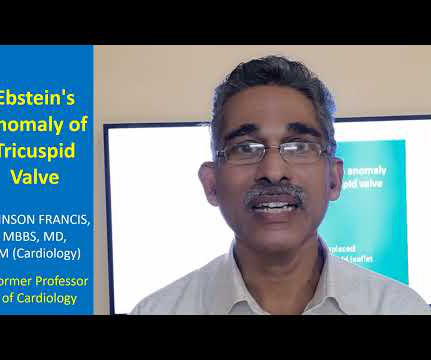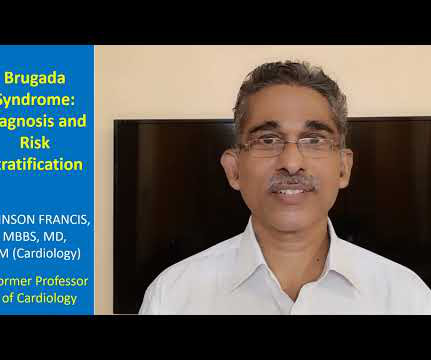Pediatric Exercise Testing
All About Cardiovascular System and Disorders
MARCH 25, 2024
Discussion on pediatric exercise testing. Pediatric exercise testing may be used for evaluation of various disorders of cardiac rhythm rather than for inducible ischemia as in adults. Tracing at peak exercise shows an atrial rate of 150/min and ventricular rate of 83/min.











Let's personalize your content